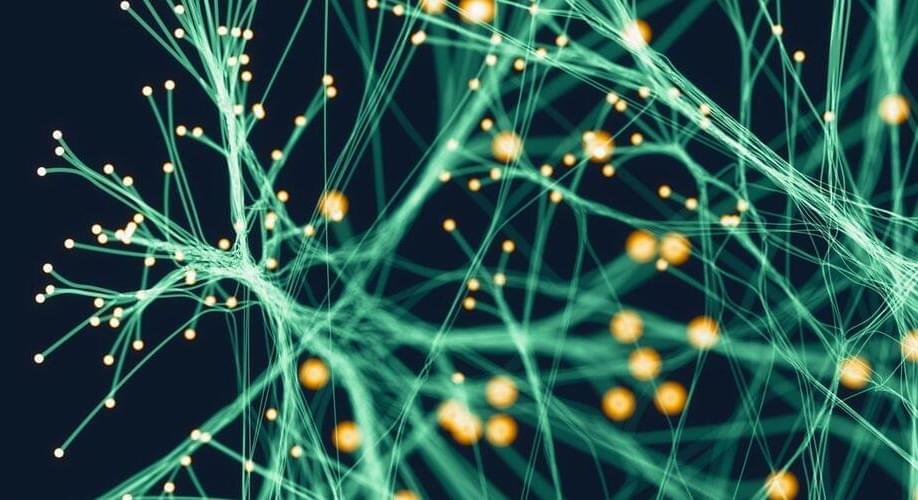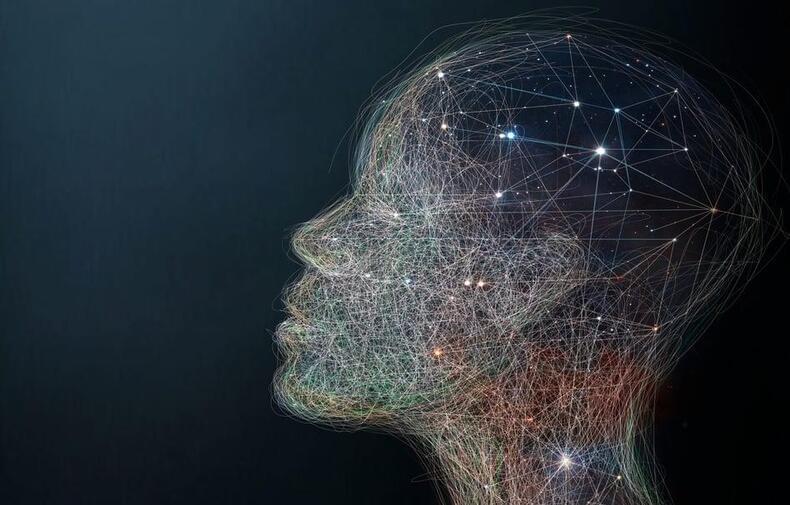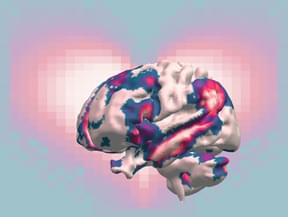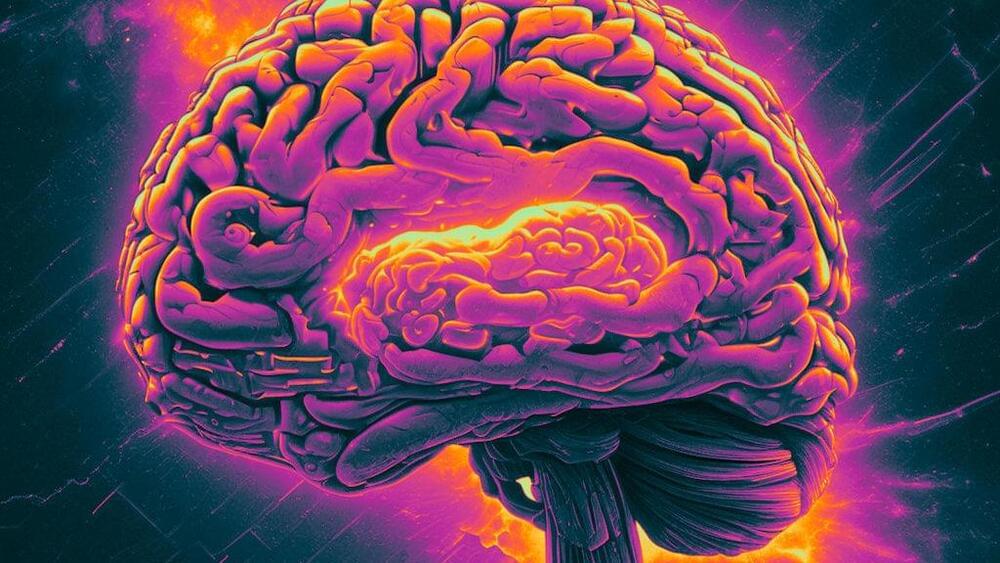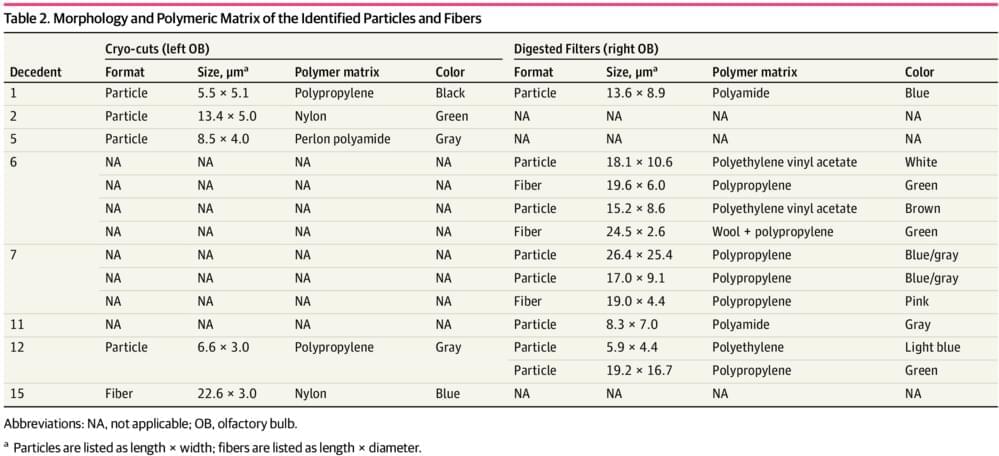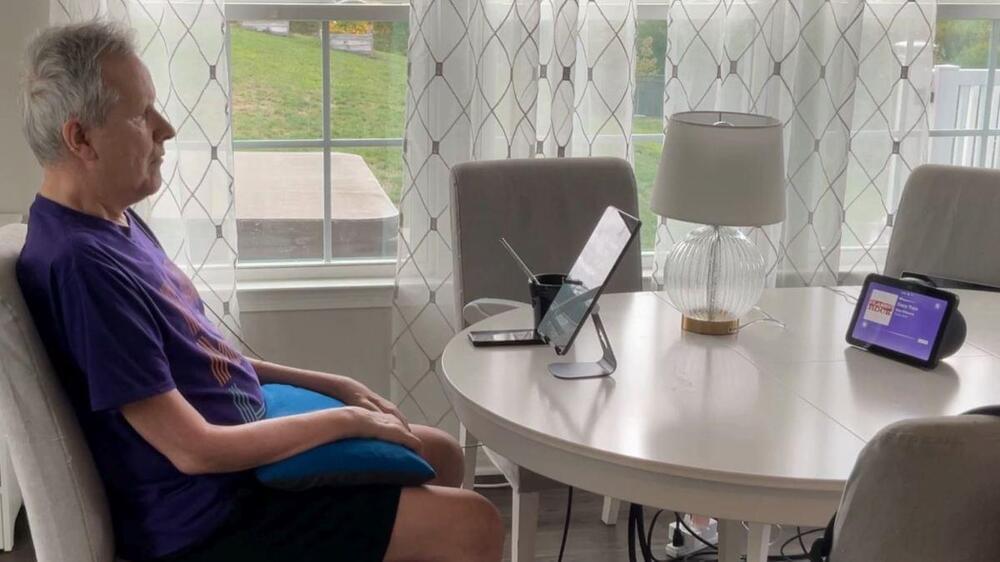Our ability to understand the mind and its relation to the body is highly dependent on the way we define consciousness and the lens through which we study it. We argue that looking at conscious experience from an information-theory perspective can help obtain a unified and parsimonious account of the mind. Today’s dominant models consider consciousness to be a specialized function of the brain characterized by a discrete neural event. Against this background, we consider subjective experience through information theory, presenting consciousness as the propagation of information from the past to the future. We examine through this perspective major characteristics of consciousness. We demonstrate that without any additional assumptions, temporal continuity in perception can explain the emergence of volition, subjectivity, higher order thoughts, and body boundaries. Finally, we discuss the broader implications for the mind-body question and the appeal of embodied cognition.
Keywords: body boundaries; consciousness; information theory; neural correlates of consciousness (NCC); perception; self; volition.
Copyright © 2022 Revach and Salti.

